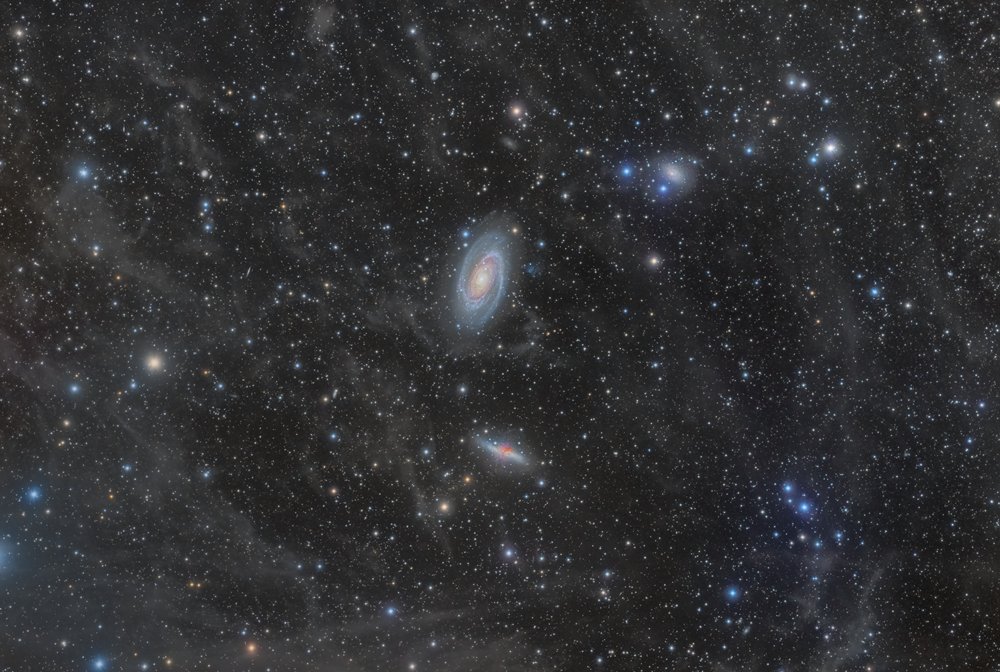 Do you know that the earth is part of the solar system which is part of the Milky Way galaxy within the Local Group that is in turn one of the components of the Virgo Supercluster? Amazing indeed, as everything in the universe is always a tiny component of a larger association of heavenly bodies, a supercluster being the ultimate group that exists in the universe. What would even amaze you is the fact that superclusters, like the Virgo Supercluster is hundreds of millions of light years across the universe and there are in fact millions of component galaxies within one supercluster and there are millions of superclusters that exist!
Do you know that the earth is part of the solar system which is part of the Milky Way galaxy within the Local Group that is in turn one of the components of the Virgo Supercluster? Amazing indeed, as everything in the universe is always a tiny component of a larger association of heavenly bodies, a supercluster being the ultimate group that exists in the universe. What would even amaze you is the fact that superclusters, like the Virgo Supercluster is hundreds of millions of light years across the universe and there are in fact millions of component galaxies within one supercluster and there are millions of superclusters that exist!
A supercluster contains all the galaxy groups and galaxy clusters that are associated with one another. This is determined by their mutual gravitational attraction to one another. The mass of superclusters are about a quadrillion times that of the solar masses.
Astronomers approximate that there are about 130 superclusters that exist within 1.3 billion light years of our Milky Way galaxy. Aside from the Virgo Supercluster, other popular superclusters are Hydra-Centaurus, Perseus and Cetus Superclusters. They are typically named after the constellation where they can be found.
The millions of superclusters that probably exist in the whole universe are proof that the universe is not evenly distributed. The superclusters are connected to each other in long filaments and if observed from far away, the universe would appear foamy. These superclusters are strung out in filamentous strands of stars surrounding cosmic voids.
